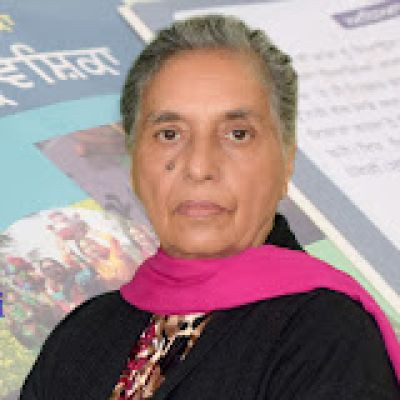
ਪਰਾਲੀ ਦੀ ਅੱਗ ਦਾ ਗਰਮ ਮੁੱਦਾ ਕਿਉਂ ਉੱਠਦਾ ਹੈ ਕਿਸ ਦਾ ਫ਼ਾਇਦਾ ਨੁਕਸਾਨ ? Paddy stubble burning issue 2022
#paddy #rice #farming Stubble burning is the practice of intentionally setting fire to the straw stubble that remains after grains, such as rice and wheat, have been harvested. The technique is still widespread today. Experts claim that paddy straw bedding is natural and cheaper than other materials. Paddy straw, if dried and properly cut, is proven to be a better bedding material because of its high water retention capacity, due to the high cellulose and silica content in the material, they say. Punjab produces around 23 million tonnes of paddy straw and 17 million tonnes of wheat straw annually. More than 80 % of paddy straw (18.4 million tonnes) and almost 50 % wheat straw (8.5 million tonnes) produced in the state is being burnt in fields. Almost whole of paddy straw, except Basmati rice is burnt in the field to enable early sowing of next crop. Lately, the farmers have extended this practice to wheat crop also. Though part of the wheat straw is used as dry fodder for the milch cattle, the remaining straw is usually burnt for quick disposal. Burning of farm waste causes severe pollution of land and water on local as well as regional scales. It is estimated that burning of paddy straw results in nutrient losses viz., 3.85 million tonnes of organic carbon, 59,000 t of nitrogen, 20,000 t of phosphorus and 34,000 t of potassium. This also adversely affects the nutrient budget in the soil. It results in the emission of smoke which if added to the gases present in the air like methane, nitrogen oxide and ammonia, can cause severe atmospheric pollution. These gaseous emissions can result in health risk, aggravating asthma, chronic bronchitis and decreased lung function. Burning of crop residue also contributes indirectly to the increased ozone pollution. The chap- ter puts forth literature on various aspects of residue generated on the field, chem- ical composition of the residue, volume of pollution caused by residue burning, adverse impact of burning on human and animal health and various ways of crop stubble management. Earn, don’t burn the paddy stubble PUNJAB and Haryana have made progress in creating awareness regarding stubble burning. Farmers know that burning crop residue is not good for the environment or the soil. PUNJAB and Haryana have made progress in creating awareness regarding stubble burning. Farmers know that burning crop residue is not good for the environment or the soil. High-decibel awareness campaigns on buses, posters, the media, jingles on FM stations, involvement of NGOs, development agencies, schools, pollution control boards and the respective departments of agriculture — all have played their role in creating awareness about the menace. Unfortunately, the stubble management campaign has been reduced to a ‘Happy Seeder campaign’. The correct step would have been to leave it to the farmers to choose the technology or solution they wish to adopt, with the overall thrust on ‘no burning’. There are multiple solutions available and burning will stop gradually. Farmers face confusion about the solutions; most solutions they know of are not viable for them as the landholdings are very small.




























